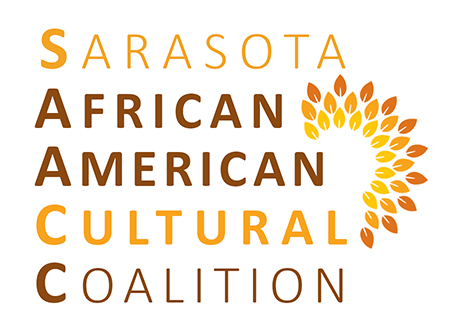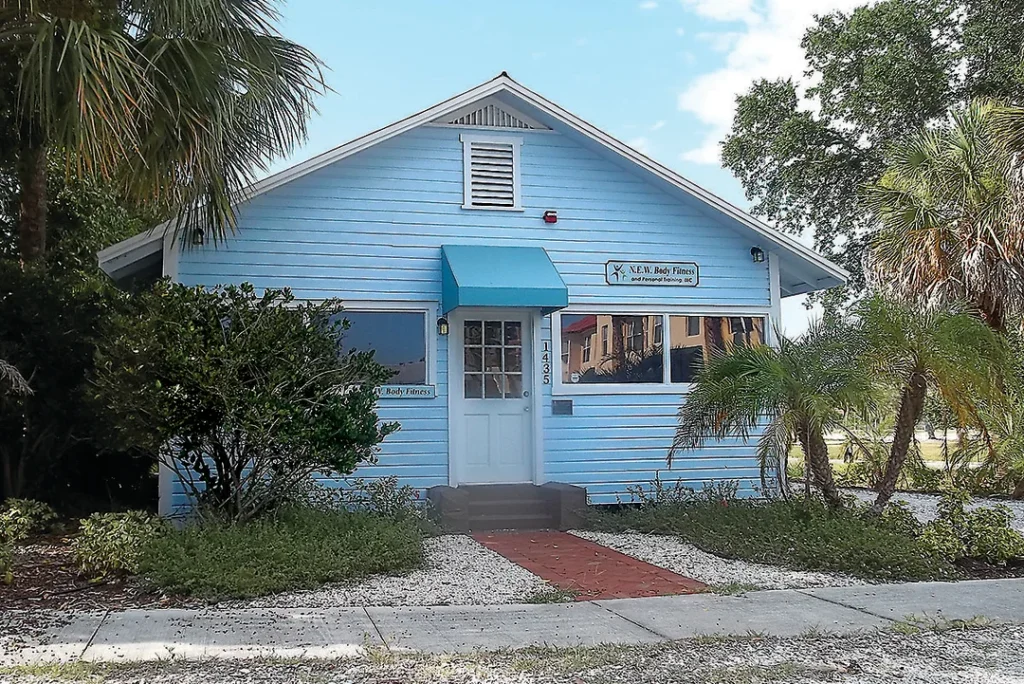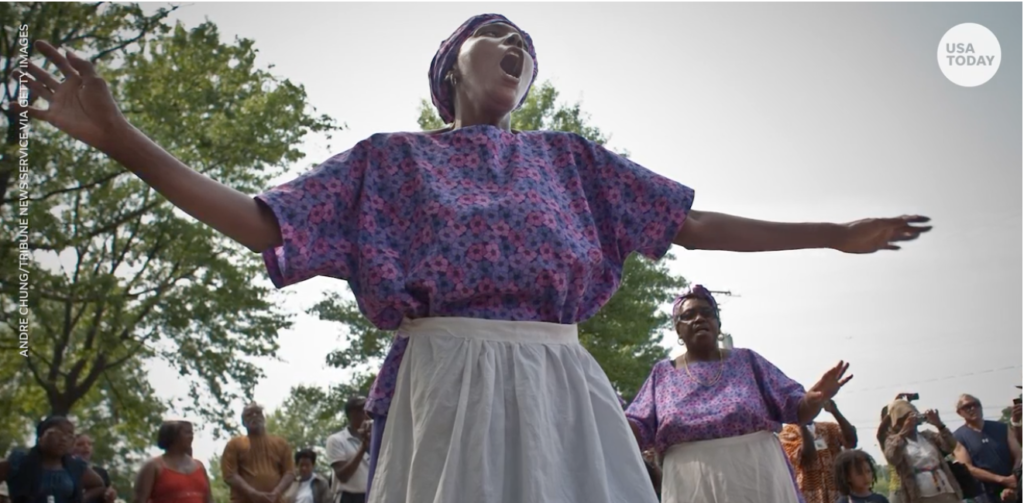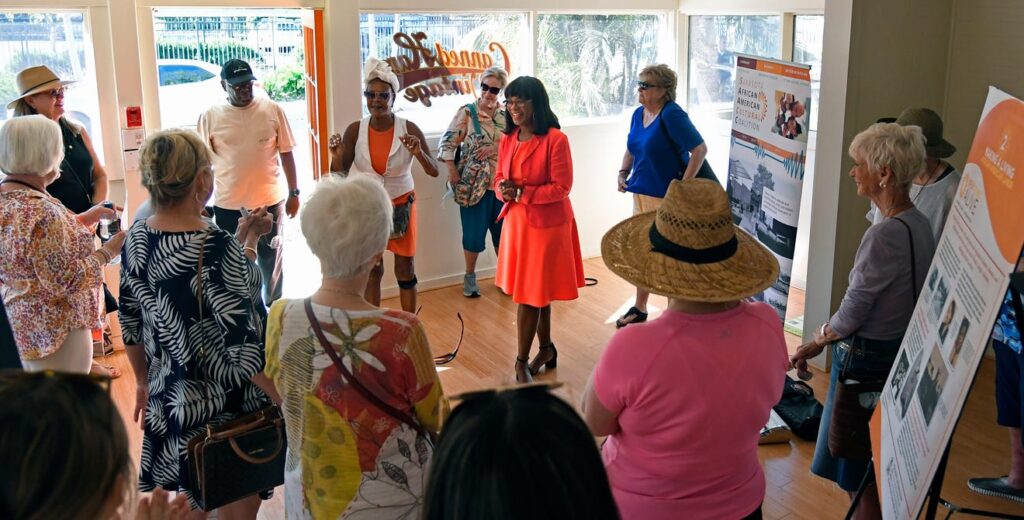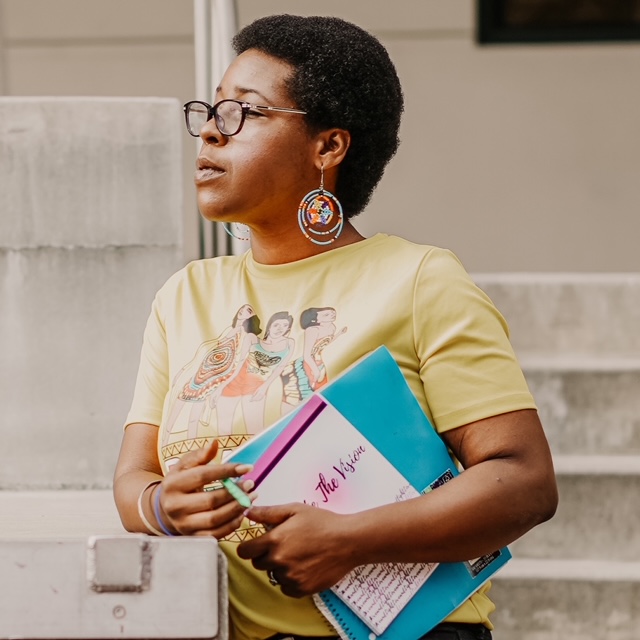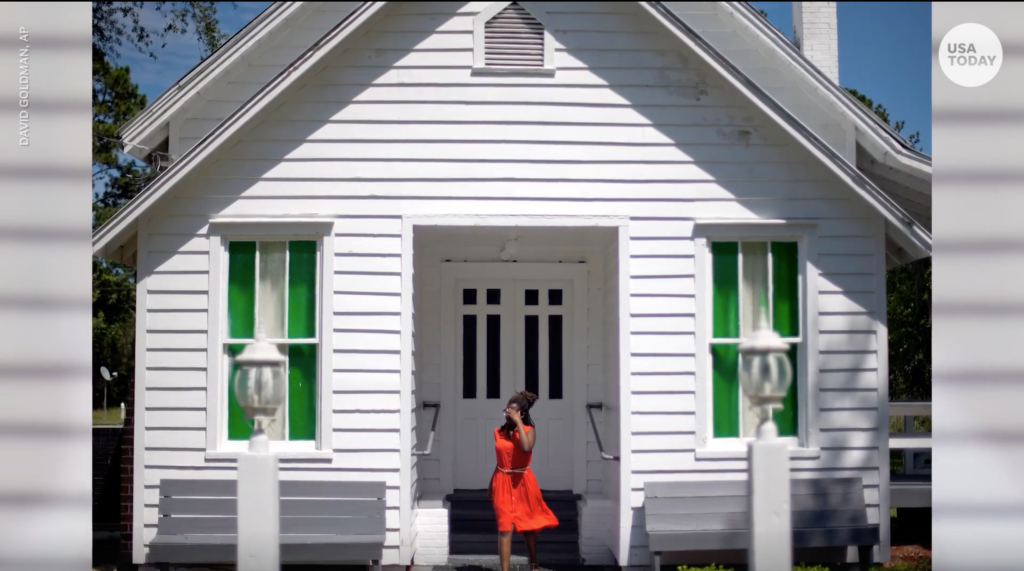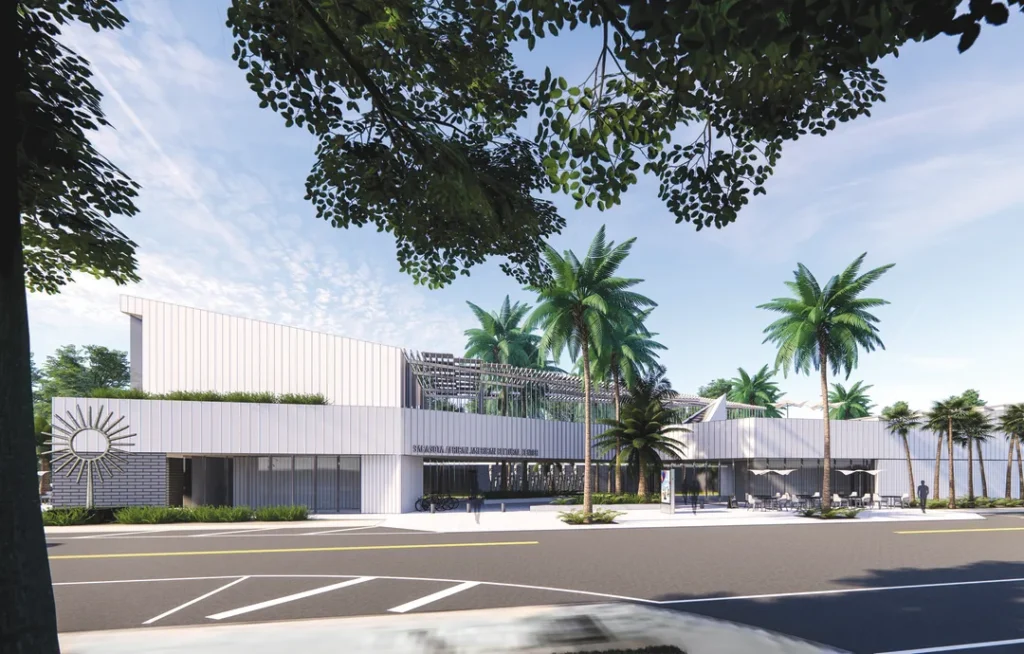The history of Sarasota’s African American early settlers can be traced back to one name in the historic Overtown community, Leonard Reid.
The Reid home was built in 1926. The trailblazer’s single-story 1,400-square-foot home helped establish and anchor Sarasota’s first black community, Overtown, now known as the Rosemary District. Early Friday morning, the home was moved from its original location on 7th Street, taking a 1.5-mile ride via flatbed truck near downtown Sarasota into the heart of Newtown, the city’s predominately Black neighborhood.
The pale blue home with a bright orange door arrived via police escort to its destination around 3 a.m. at 2529 North Orange Ave., where it will be preserved at the corner of Dr. Martin Luther King Jr. Way.
Click here to read the full article by Samantha Gholar published in the Herald Tribune.
